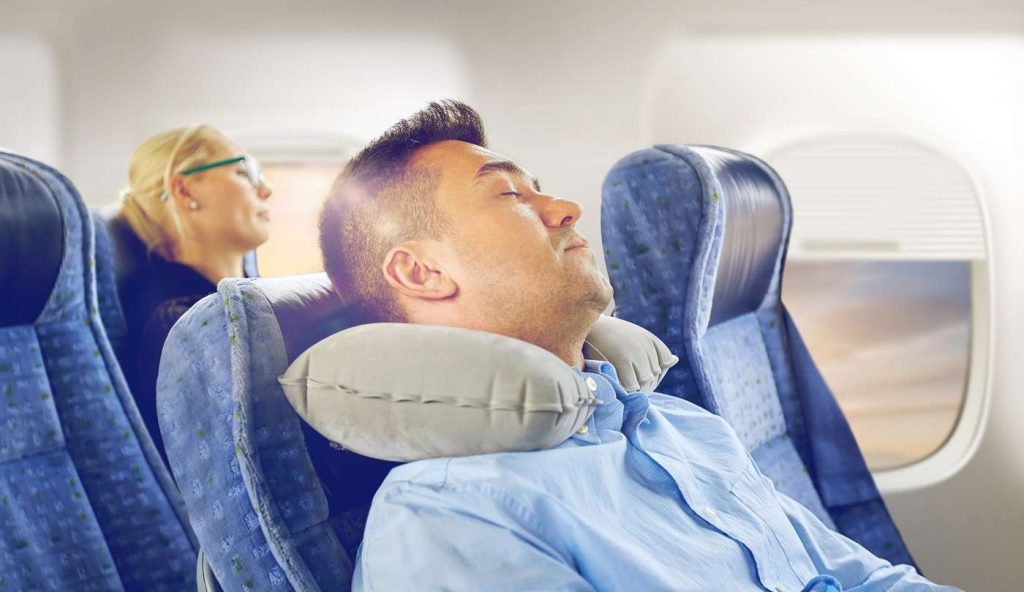Travel can be a great way to rest and recharge. But getting enough sleep on the journey there and back is challenging. Especially on an airplane. It can be difficult to fall asleep on a plane health. From cramped seats with little legroom to distractions such as engine noise and surrounding chatter.
During travel, these techniques can help improve the comfort of your surrounding environment and regulate your circadian rhythm (your body’s internal clock).สมัครสมาชิก UFABET

1. Plan Ahead With Good Hydration
Hydration is important for staying comfortable enough to sleep and minimizing jet lag’s impact. The air on a plane can be dry, increasing your dehydration risk. Dehydration increases the risk of jet lag. Which occurs when your circadian rhythm hasn’t adjusted to the time of day in a new time zone.
Symptoms of jet lag can include:
- Difficulty going to sleep (after eastbound flights)
- Waking up earlier than usual (after westbound flights)
- Stomach issues
- Decreased appetite
Drinking enough water before, during, and after your flight is important to help prevent symptoms and sleep more comfortably.
2. Eat High-Carbohydrate Foods
The food you eat during travel may influence your sleep. Meals high in carbohydrates may promote sleep. While meals high in protein are more likely to keep you awake.
Choose carbohydrate-rich foods to promote better during your flight, such as:
- Bananas
- Whole-grain bread
- Brown rice
- Potatoes
3. Use a Neck Pillow
Consider using a neck or travel pillow to make sleep more comfortable. Pillows that give appropriate cervical support (support to your spinal cord, head, and neck) are helpful for better sleep quality. Options that keep your head in a neutral position don’t allow for much head movement.